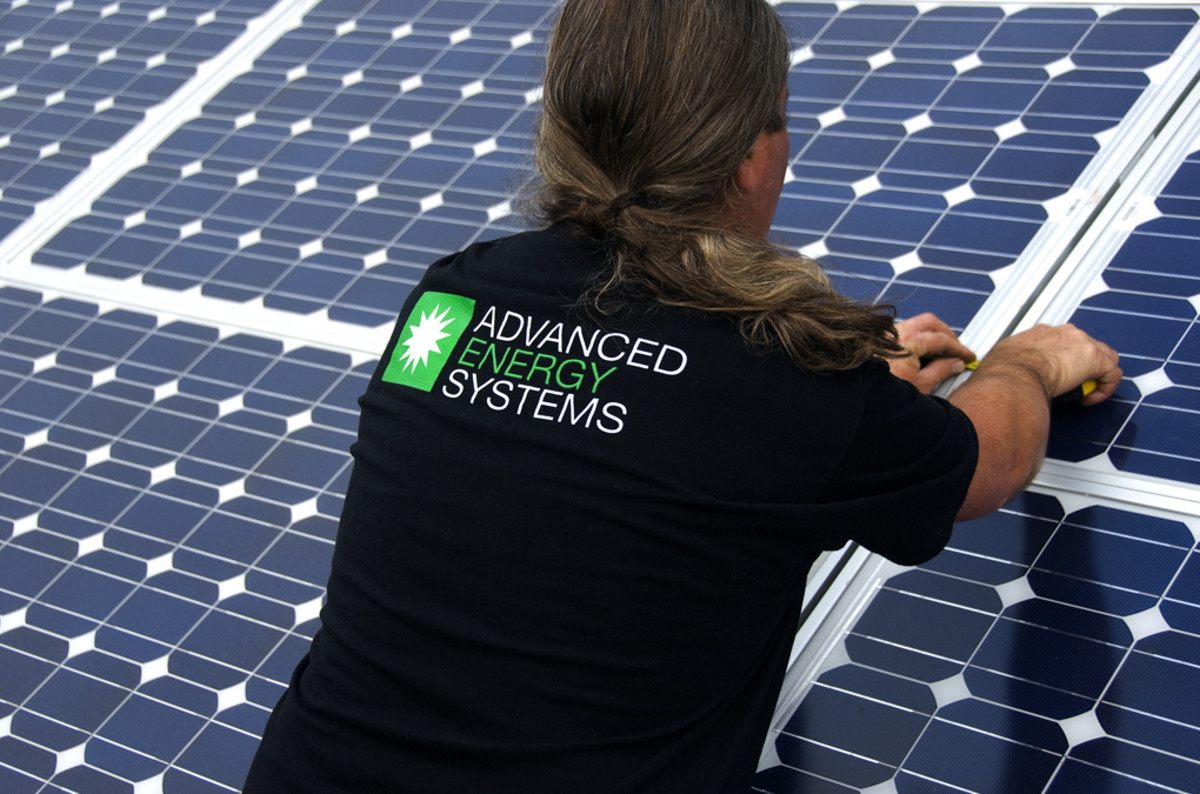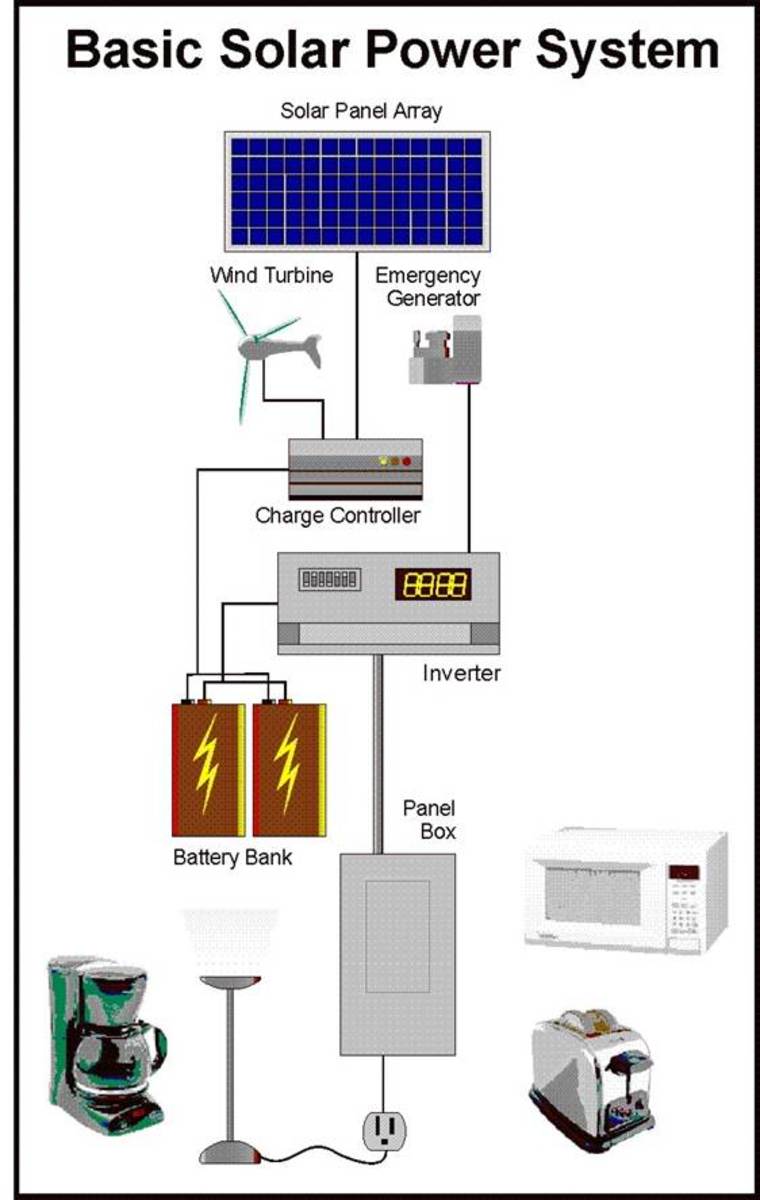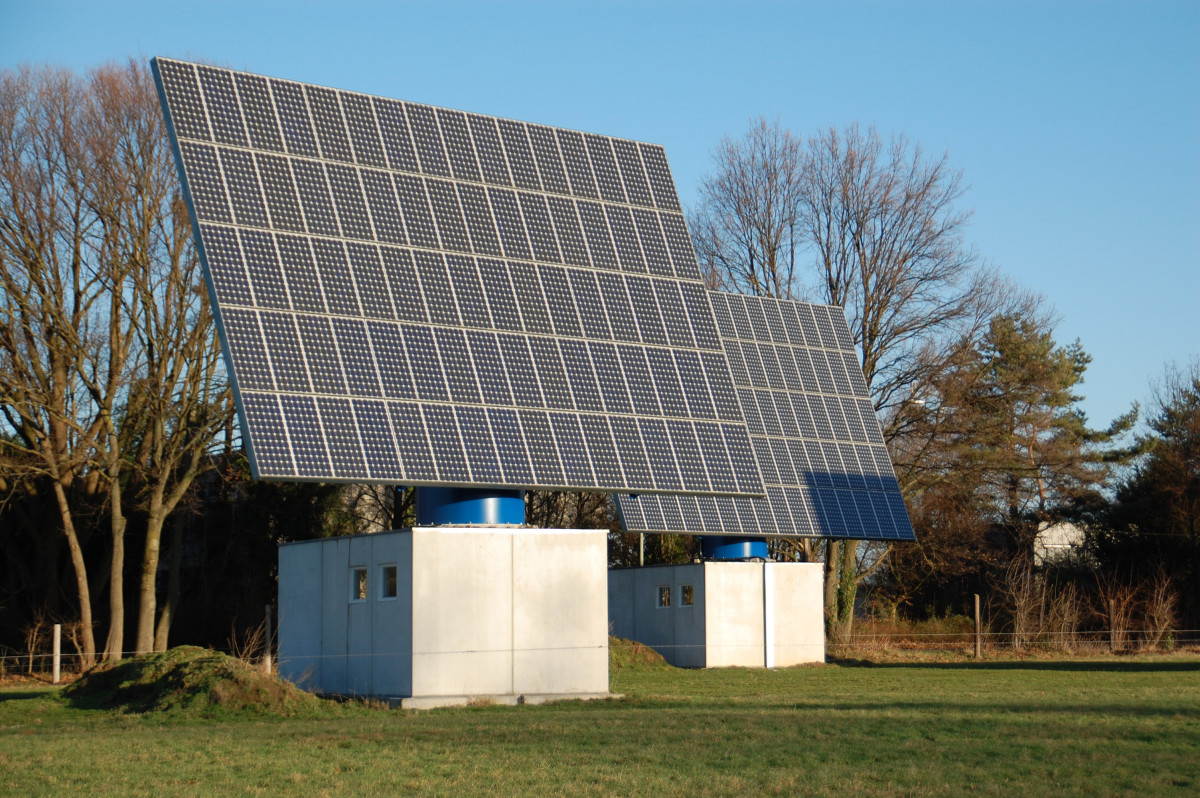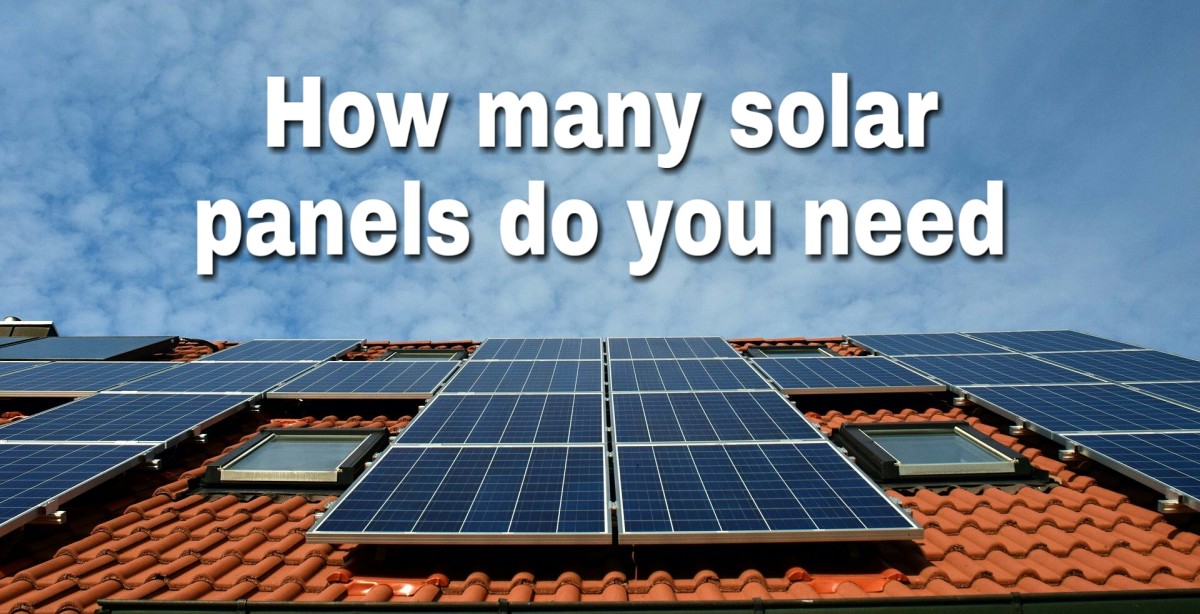Residential Solar Power: How to Finance Your PV System
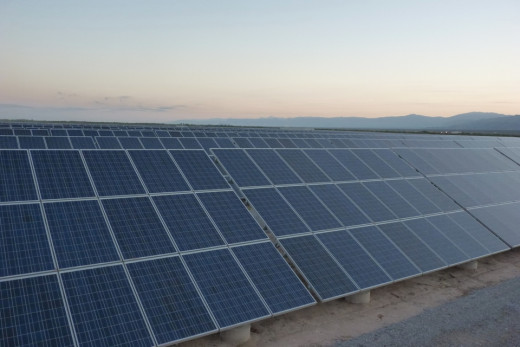
Residential Solar Power is on the Rise
Residential solar PV is now a viable energy source, and is well on its way to becoming mainstream. In the USA, the installed solar power capacity experienced a ten-fold increase from 2010 to 2014, from less than 2 GW to more than 21 GW. Solar power in California has shown the highest growth, accounting for more than 50% of the installed capacity in the country. There are several economic, environmental and practical reasons to increase the use of solar power:
- The energy source is sunlight, which is free after the initial investment in the PV system. Besides, the conversion of sunlight to electricity releases no emissions.
- Solar radiation is available throughout the Earth, which makes solar power viable nearly everywhere, except close to the poles where it is nighttime during most of the winter. Other renewable sources may also offer excellent economic and environmental benefits but they lack the location flexibility of solar power.
- Equipping homes and businesses with solar power means that less energy must be drawn from the electric utility grid, allowing the grid to operate more efficiently while reducing dependence on fossil fuels.
Perhaps the only drawback of residential solar power is its relatively high initial cost. Although purchasing the PV system in cash offers the highest lifetime savings, the total price may be considerable: on a residential system, you can expect to pay more than $4,000 per installed kilowatt. This means that the budget for a 5-kilowatt system will be in the range of $20,000 before any rebates or tax credits.
There are good news, however: it isn't necessary to purchase a solar PV system in order to receive the benefits. There are alternatives such as:
- Paying for the system with a loan
- Leasing
- PPA - Power Purchase Agreement
- Renting your rooftop for a utility-owned system
Keep in mind that being the owner of the PV system has one great advantage: you are entitled to any incentives available, such as tax credits, tax exemptions, rebates, etc. If a third-party owns the system you use, they are entitled to the benefits!
1) Purchasing a Residential PV System in Cash
Installing a residential PV system typically around $4,000 per kilowatt before incentives. If you can afford it, you will achieve the lowest possible cost of ownership: once the system is yours, the only expense is maintenance, which in most cases is around 1% of total system cost per year, rarely exceeding 2%.
Of course, the main limitation of this approach is having to pay the full price at once, and the payback period may be in the range of 8 to 12 years.
2) Purchasing a PV System Through a Loan
Purchasing a PV system through a loan splits the initial investment over the first few years of ownership, at the cost of paying interest. In some cases, the project may be able to pay for the loan with its own savings, but you must have excellent site conditions combined with favorable loan terms. The main advantage of purchasing a residential PV system with a loan is that you are entitled to all rebates and tax credits during year one, since technically you are already the owner. If you live in a place with generous incentives for solar power it may be possible to reach positive cash flow during year one!
Of course, a mixed purchasing approach is also possible: paying a percentage of the system cost upfront, say 40%, and financing the remaining 60%.
3) Solar Power Lease
Leasing simply consists on using a solar PV system installed on your property by a third party, in exchange for a monthly fee. If you decide to lease, keep the following points in mind:
- Your upfront cost is zero, or very small.
- The system owner is entitled to all rebates, incentives and tax credits.
- You will pay a fixed monthly fee, regardless of solar array production. As monthly production is higher, the unit price you pay for energy is lower!
- Maintenance will be the responsibility of the system owner.
The main advantage of leasing a solar PV system is being able to receive positive cash flow from the first month of use. The price to pay is sharing a fixed portion of the savings with a third party: the system owner.
4) PPA: Power Purchase Agreement
This approach is very similar to leasing, but there is one key difference:
- With a leased solar PV system you pay a fixed monthly fee.
- With a Power Purchase Agreement, you are agreeing to purchase the entire output of the system at an agreed upon price, which is below the electric utility price.
The result is that you will pay a variable monthly fee, and the savings achieved per kilowatt-hour are the same regardless of PV system output. The advantage is that you pay for the energy you get, but you lose the chance to achieve greater savings on months with exceptionally high production.
5) Utility-owned PV Systems
This is an emerging business model, in which you rent your rooftop to the electric utility company for them to install a solar PV system, although they own all of its output and sell it normally through their grid.
This approach has the advantage of zero costs, and receiving a fixed deduction from your electric bill every single month. However, it is also the business model which provides the lowest economic benefit for the homeowner.
Summary of PV System Financial Alternatives
Option
| Pros
| Cons
|
|---|---|---|
1)Purchase in cash
| Lowest cost of ownership, receiving state and federal incentives.
| Full system price must be paid upfront.
|
2)Purchase through loan
| State and federal incentives for owning the system, zero costs after loan is completely paid.
| Paying interest. You can offset this if there are tax breaks and incentives at your location.
|
3)Leasing
| Fixed monthly fee, zero down cost.
| Sharing system savings with a third party.
|
4)PPA
| Paying for the energy received, zero down cost.
| Sharing system savings with a third party.
|
5)Rent your rooftop for utility-owned system
| Zero costs: no purchase, no fees.
| Fixed monthly savings even if system is highly productive.
|

